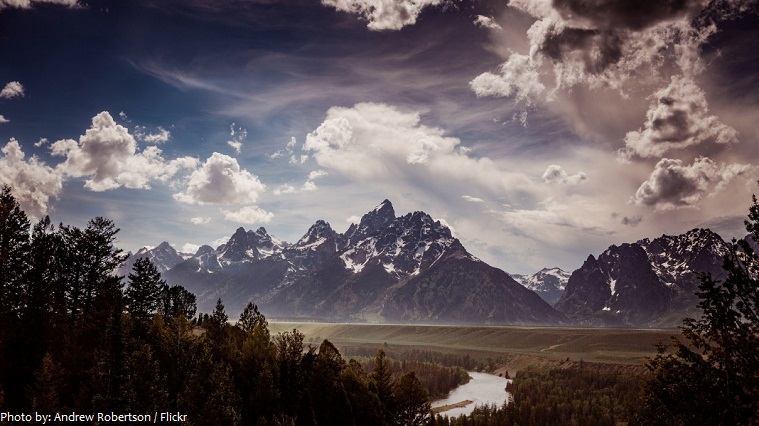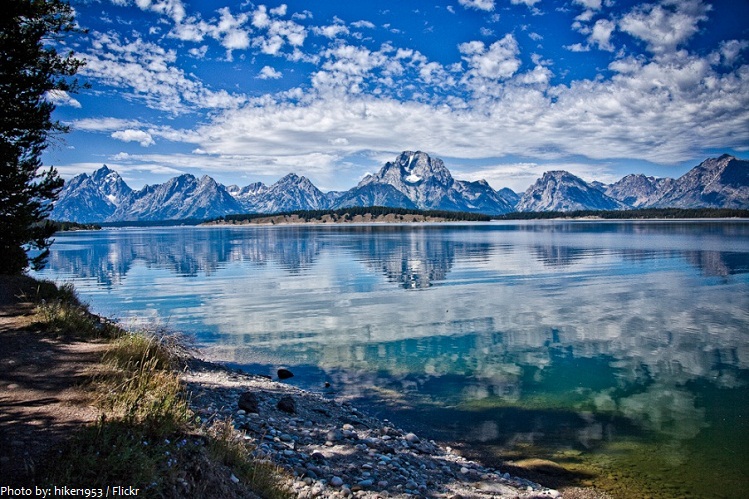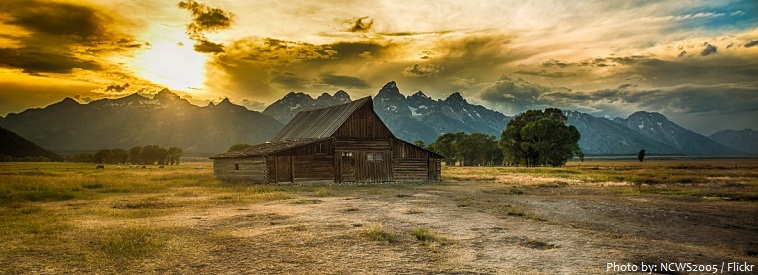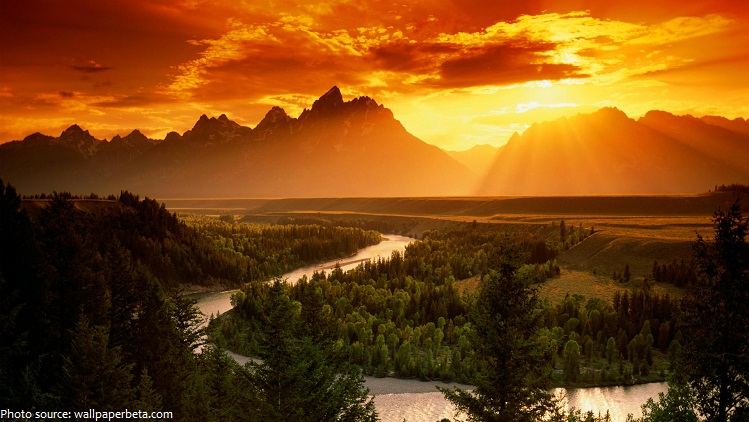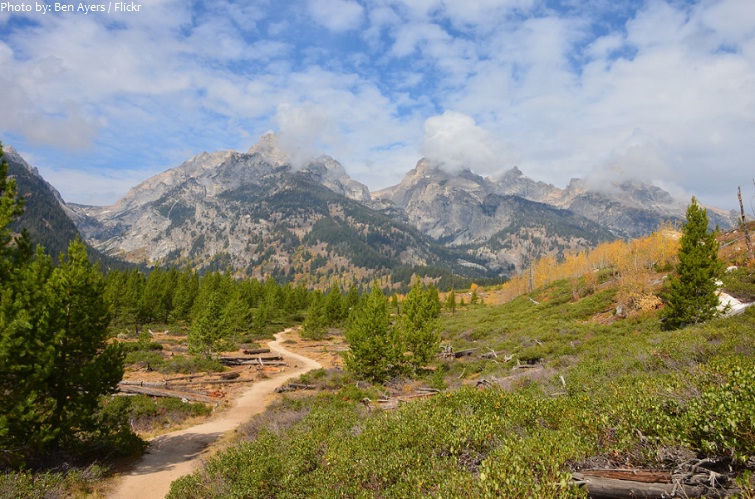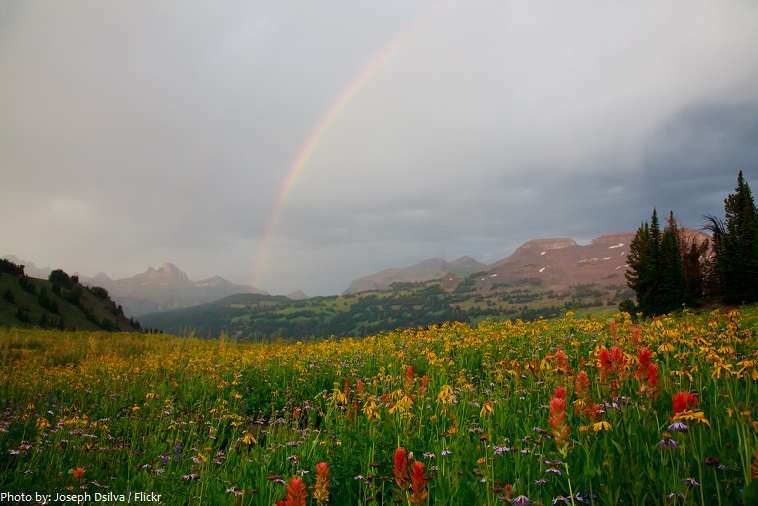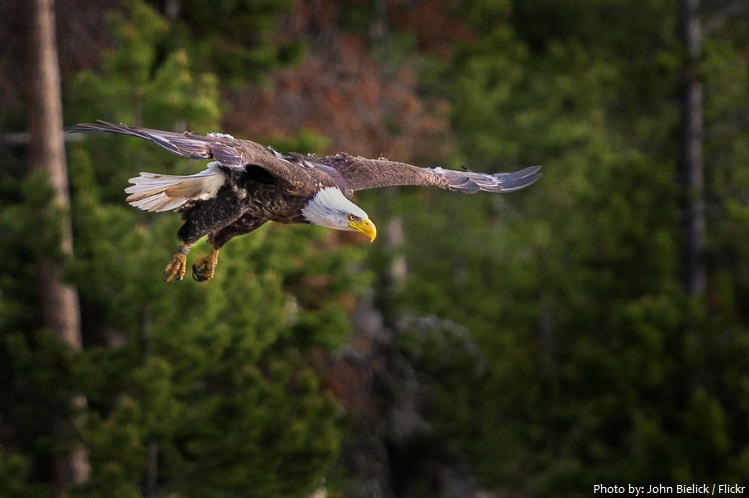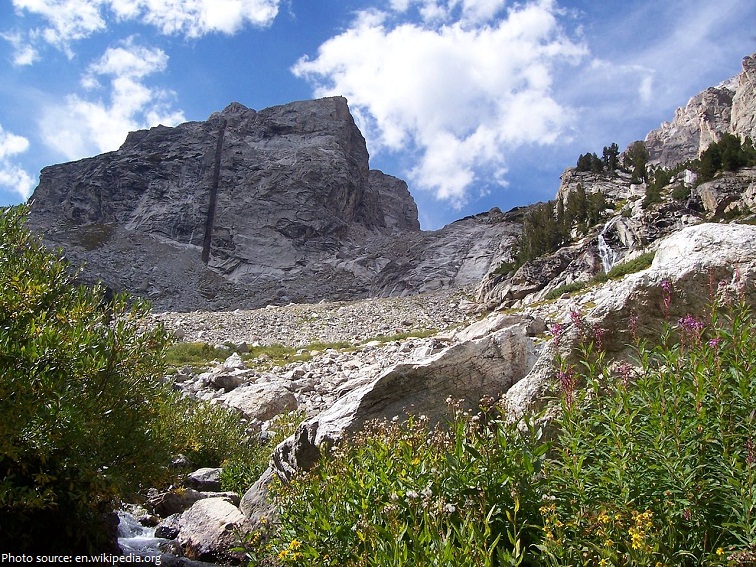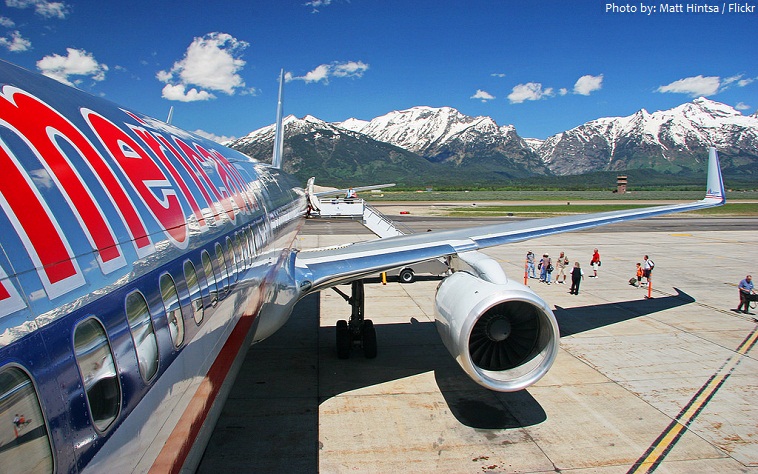Grand Teton National Park is a United States National Park in northwestern Wyoming.
It is only 16 kilometers (10 miles) south of Yellowstone National Park, to which it is connected by the National Park Service-managed John D. Rockefeller, Jr. Memorial Parkway.
At approximately 130,000 hectares (310,000 acres), the park includes the major peaks of the 64 kilometers (40 miles) long Teton Range as well as most of the northern sections of the valley known as Jackson Hole.
Grand Teton National Park was actually established twice, first in 1929 to protect mountain peaks and the lakes surrounding the mountain bases, then in 1950, when the adjacent valley floors as well as the Jackson Hole National ,Monument, created in 1943, were incorporated into the park visitors love today.
The peaks of the Teton Range, regal and imposing as they stand nearly 2,100 meters (7,000 feet) above the valley floor, make one of the boldest geologic statements in the Rockies.
Grand Teton at 4,199 meters (13,775 feet) above sea level is the highest mountain in Grand Teton National Park.
In the northern section of the park lies Jackson Lake, the largest lake in the park at 24 kilometers (15 miles) in length, 8 kilometers (5 miles) wide and 134 meters (438 feet) deep.
A string of jewel-like lakes, fed by mountain streams, are set tightly against the steep foot of the mountains. Beyond them extends the broad valley called Jackson Hole, covered with sagebrush and punctuated by occasional forested buttes and groves of aspen trees—excellent habitats for pronghorn, deer, elk, and other animals.
From its headwaters on Two Ocean Plateau in Yellowstone National Park, the Snake River flows north to south through the park, entering Jackson Lake near the boundary of Grand Teton National Park and John D. Rockefeller, Jr. Memorial Parkway. The Snake River then flows through the spillways of the Jackson Lake Dam and from there southward through Jackson Hole, exiting the park just west of the Jackson Hole Airport.
Grand Teton National Park is home to over 320 kilometers (200 miles) of trails.
Grand Teton National Park and the surrounding region host over 1000 species of vascular plants. With an altitude variance of over 2,100 meters (7,000 feet), the park has a number of different ecological zones.
Sixty-one species of mammals have been recorded in Grand Teton National Park. Animals calling Grand Tetons National Park home include bison, mountain lions, coyotes, bobcats, Rocky Mountain bighorn sheep, moose, elk, river otter, marten and badger.
Over 300 species of birds have been sighted in the park including the calliope hummingbird, the smallest bird species in North America, as well as trumpeter swans, which is North America’s largest waterfowl. Both bald and golden eagles and other birds of prey such as the osprey, red-tailed hawk, American kestrel and occasional sightings of peregrine falcon have been reported.
Reptilian and amphibian natives range from the Western chorus frog to garter snakes.
Teton Range is the youngest mountain range in the Rocky Mountains. It began forming between 6 and 9 million years ago.
Grand Teton National Park has some of the most ancient rocks found in any U.S. National Park. The oldest rocks dated so far are nearly 2.7 billion years old, though even older rocks are believed to exist in the park.
Human history of the Grand Teton region dates back at least 11,000 years, when the first nomadic hunter-gatherer Paleo-Indians began migrating into the region during warmer months pursuing food and supplies.
In the early 19th century, the first White explorers encountered the eastern Shoshone natives. Between 1810 and 1840, the region attracted fur trading companies that vied for control of the lucrative beaver pelt trade.
Grand Teton is the only U.S. national park with a commercial airport. The Jackson Hole Airport was built in the 1930s and became part of the Jackson Hole National Monument in 1943. When the monument was absorbed into Grand Teton National Park, the airport came with it.
John D. Rockefeller Jr. was at one time the richest man in America, if not the world, and he spent part of that money creating this national park. Rockefeller had already been involved in buying land for Acadia National Park in Maine and decided to do the same around the Grand Tetons. Rockfeller secretly created a company to buy up land that would eventually become part of the national park.
Grand Teton National Park is a popular destination for mountaineering, hiking, fishing and other forms of recreation.
Grand Teton National Park is the 8th most visited national park in the U.S., with 3.1 million visitors in 2015.
